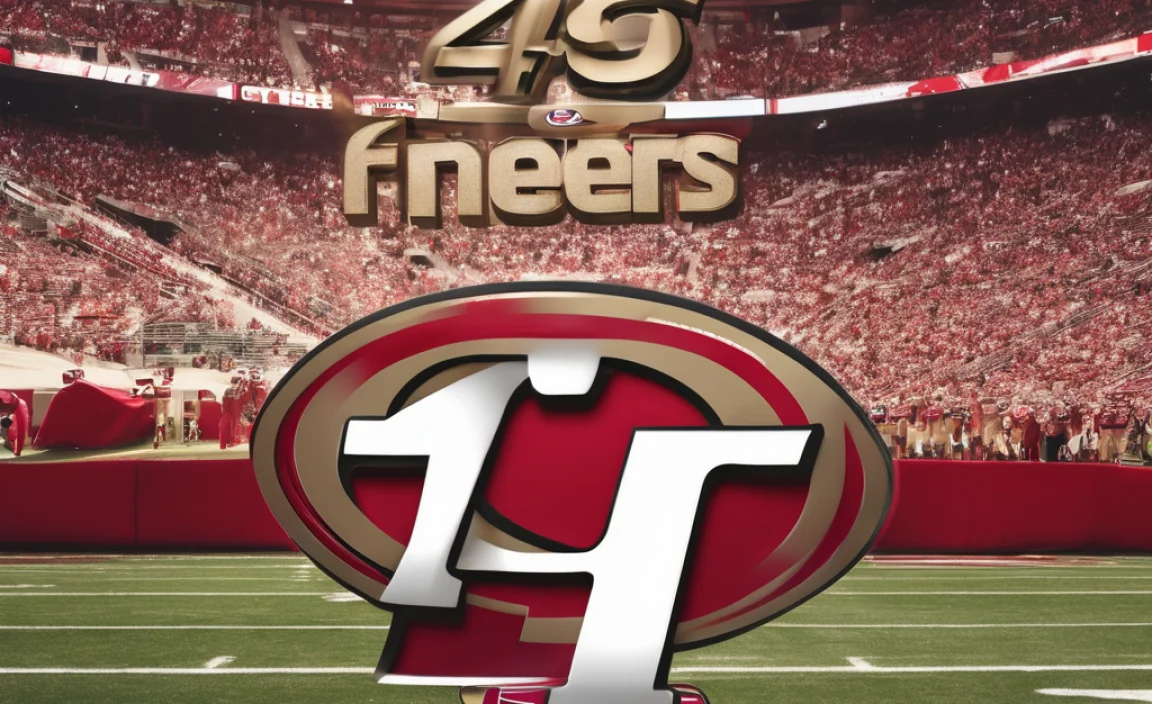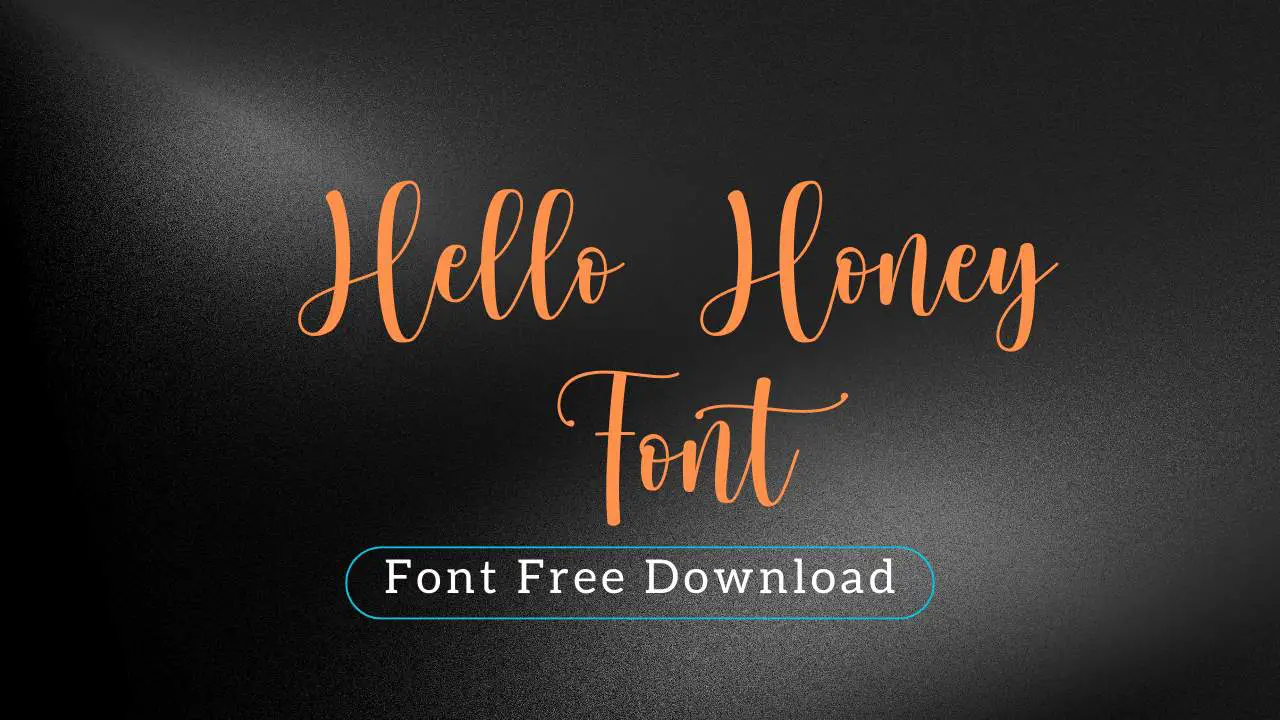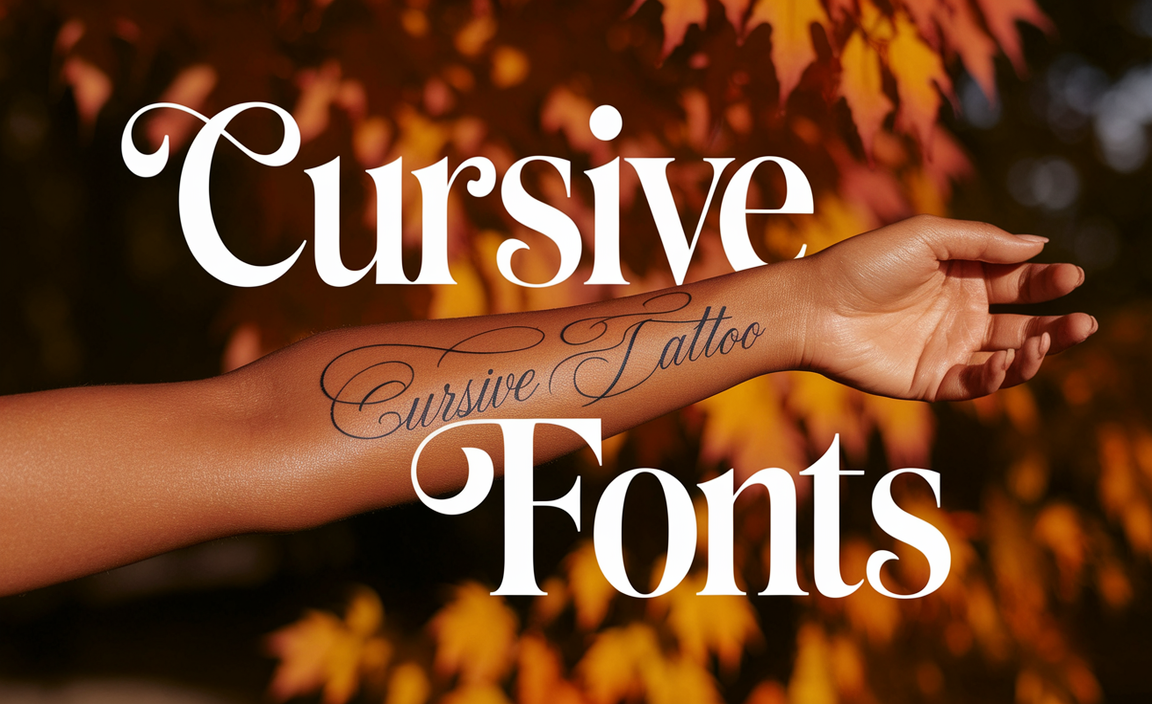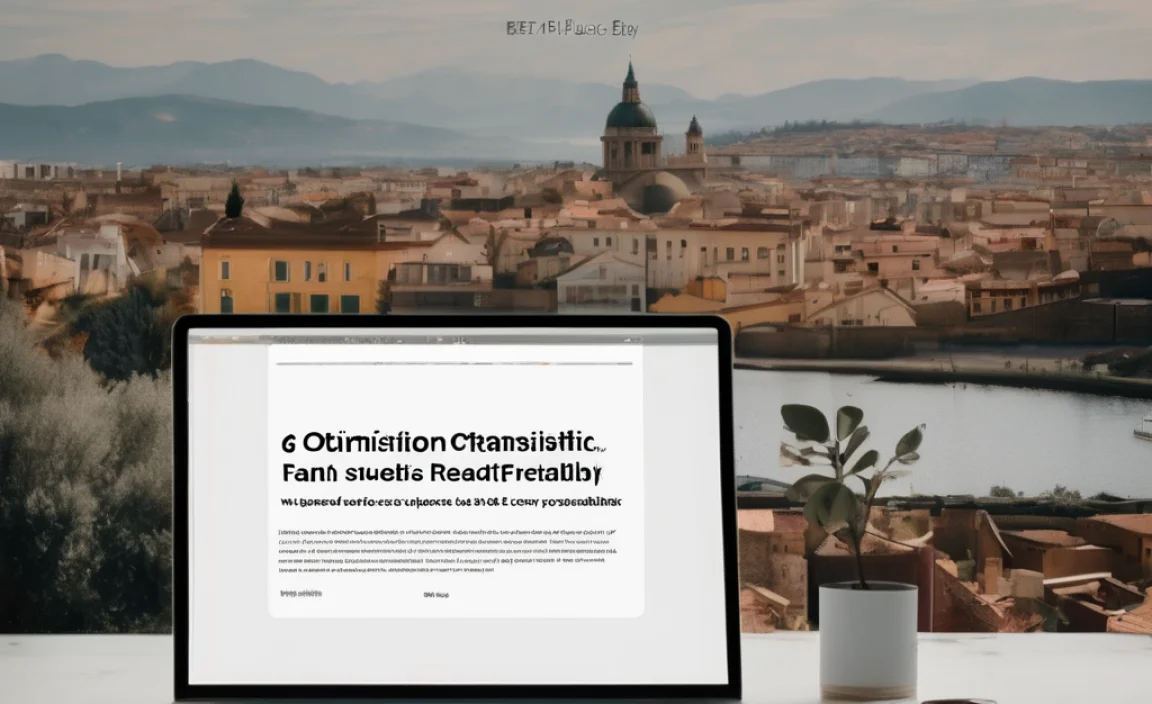Quick Summary
Integrating Font Awesome with Vue.js is a straightforward and powerful way to enhance your user interface. This guide will show you how to easily add customizable vector icons to your Vue applications, elevating their look and feel for a truly genius UI upgrade.
How Font Awesome Vue: A Genius UI Upgrade for Your Applications
Ever feel like your web application’s interface is missing that certain spark? You’ve got the functionality all figured out, but the visual flair just isn’t quite there. Adding icons can instantly inject personality, improve navigation, and make your design more intuitive. But how do you do it seamlessly, especially when you’re working with Vue.js?
It’s a common challenge for designers and developers alike. You want your apps to look polished and professional, but wrestling with icon libraries can feel like a chore. The good news? There’s an incredibly elegant solution that’s both powerful and beginner-friendly: Font Awesome for Vue.
In this guide, we’ll walk you through exactly how Font Awesome can be your go-to tool for a genius UI upgrade. We’ll break down the setup process, show you how to use the icons effectively, and explore why this combination is a dream for modern web development. Get ready to transform your Vue projects with stunning, scalable icons!
Why Font Awesome and Vue are a Perfect Match
Font Awesome is one of the most popular icon libraries available, offering a vast collection of scalable vector icons that are easy to use and customize. When you pair it with Vue.js, a progressive JavaScript framework known for its simplicity and flexibility, you get a development experience that’s both efficient and enjoyable. The synergy lies in how each technology complements the other:
- Scalability: Font Awesome icons are vector-based, meaning they look crisp and clear on any screen resolution, from tiny mobile phones to massive desktop monitors. This is crucial for responsive design.
- Ease of Use: Vue’s component-based architecture makes integrating Font Awesome a breeze. You can treat icons as reusable components, simplifying your code and speeding up development.
- Customization: Want to change an icon’s color, size, or even animate it? Font Awesome and Vue make these customizations incredibly straightforward.
- Accessibility: Both Font Awesome and Vue offer features that help you build accessible applications, ensuring your UI is usable by everyone.
Let’s dive into how you can bring this powerful combination to your own projects.
Getting Started: Installing Font Awesome in Your Vue Project
There are a couple of primary ways to integrate Font Awesome into your Vue application, depending on if you’re using Vue CLI or another build setup and whether you prefer a full install or a more modular approach. We’ll cover the most common and recommended method using npm or yarn.
Method 1: Using the Official Font Awesome Vue Component (Recommended)
Font Awesome provides official components for Vue, which offer the most seamless and feature-rich integration. This is the modern and recommended approach.
Step 1: Install Font Awesome Packages
Open your terminal in your Vue project directory and run the following command. This installs the core Font Awesome library and the Vue component.
npm install --save @fortawesome/fontawesome-svg-core @fortawesome/free-solid-svg-icons @fortawesome/vue-fontawesome
Or, if you’re using Yarn:
yarn add @fortawesome/fontawesome-svg-core @fortawesome/free-solid-svg-icons @fortawesome/vue-fontawesome
Note:
@fortawesome/free-solid-svg-iconsis for solid icons. Font Awesome offers other icon sets like Outline (
@fortawesome/free-regular-svg-icons) and Brands (
@fortawesome/free-brands-svg-icons). You’ll need to install those separately and import them as needed.
Step 2: Register the Font Awesome Component Globally
To make the Font Awesome component available in all your Vue components, you’ll register it in your main application entry file, typically
main.jsor
main.ts.
import { createApp } from 'vue'
import App from './App.vue'
import { FontAwesomeIcon } from '@fortawesome/vue-fontawesome'
import { library } from '@fortawesome/fontawesome-svg-core'
import { fas } from '@fortawesome/free-solid-svg-icons' // Import all solid icons
// Add icons to the library
library.add(fas) // Add all solid icons to the library
const app = createApp(App)
// Register the global component
app.component('font-awesome-icon', FontAwesomeIcon)
app.mount('#app')
In this code:
- We import the necessary parts from Font Awesome.
library.add(fas)adds all the solid icons to Font Awesome’s internal registry. If you only want specific icons, you can import them individually likeimport { faCoffee } from '@fortawesome/free-solid-svg-icons'and then use
library.add(faCoffee).
- We register
FontAwesomeIconas a global component named
font-awesome-icon.
Step 3: Use Font Awesome Icons in Your Vue Components
Now you can easily use icons in any of your Vue components using the
<font-awesome-icon>tag. You’ll need to specify the icon’s name using the
iconprop.
<template>
<div>
<h2>Welcome to Our Awesome App!</h2>
<p>
Here's a delicious cup of <font-awesome-icon :icon="['fas', 'coffee']" />!
And don't forget to save your work with this handy <font-awesome-icon :icon="['fas', 'save']" /> icon.
</p>
</div>
</template>
<script>
export default {
name: 'HomePage'
}
</script>
In the example above:
-
:icon="['fas', 'coffee']"refers to the solid style (
fas) of the “coffee” icon.
-
:icon="['fas', 'save']"refers to the solid style (
fas) of the “save” icon.
If you installed other icon styles (like regular or brand), you’d use their respective prefixes, e.g.,
:icon="['far', 'heart']"for a regular outline heart.
Method 2: Using the Standalone SVG Icons (For advanced treeshaking)
For very large applications or if you’re concerned about bundle size and want maximum tree-shaking, you might opt to import individual icons directly where you need them without registering globally. This is more explicit but can lead to smaller final bundles.
Step 1: Install Packages
Same as Method 1:
npm install --save @fortawesome/fontawesome-svg-core @fortawesome/free-solid-svg-icons @fortawesome/vue-fontawesome
Step 2: Import and Use Icons Directly
In your specific Vue component:
<template>
<div>
<p>
Enjoy a <font-awesome-icon :icon="coffeeIcon" />!
Or click this <font-awesome-icon :icon="saveIcon" /> to save.
</p>
</div>
</template>
<script>
import { library } from '@fortawesome/fontawesome-svg-core'
import { FontAwesomeIcon } from '@fortawesome/vue-fontawesome'
import { faCoffee, faSave } from '@fortawesome/free-solid-svg-icons' // Import specific icons
// Add the specific icons to the library for use in this component
library.add(faCoffee, faSave)
export default {
name: 'CoffeeSaveComponent',
components: {
FontAwesomeIcon
},
setup() {
// You can define your icons here in a Composition API setup function
const coffeeIcon = ['fas', 'coffee']
const saveIcon = ['fas', 'save']
return {
coffeeIcon,
saveIcon
}
}
// For Options API:
// data() {
// return {
// coffeeIcon: ['fas', 'coffee'],
// saveIcon: ['fas', 'save']
// }
// }
}
</script>
This method requires more explicit setup for each component but ensures that only the icons you actually use are included in your final bundle. For most projects starting out, the global registration is simpler and perfectly adequate.
Customizing Font Awesome Icons in Vue
Beyond just placing icons, Font Awesome offers robust customization options that you can leverage directly within your Vue components. This is where the “genius upgrade” truly shines, allowing you to tailor the look and feel to your design.
Sizing Icons
Icons can be easily resized to match your text or design elements. You can use standard CSS classes or Vue props.
- Size Classes: Font Awesome provides predefined size classes:
fa-lg,
fa-2x,
fa-3x,
fa-4x,
fa-5x,
fa-6x,
fa-7x,
fa-8x,
fa-9x,
fa-10x.
- CSS: You can apply these by passing them as strings to your
:iconprop, often in an array with the style, or by adding a class attribute.
<template>
<div>
<p>Small Icon: <font-awesome-icon :icon="['fas', 'star']" /></p>
<p>Large Icon: <font-awesome-icon :icon="['fas', 'star']" class="fa-lg" /></p>
<p>Huge Icon: <font-awesome-icon :icon="['fas', 'star']" size="lg" /></p>
<p>Custom Size Icon: <font-awesome-icon :icon="['fas', 'star']" style="font-size: 3em;" /></p>
<p>3x Icon: <font-awesome-icon :icon="['fas', 'save']" size="3x" /></p>
</div>
</template>
<script>
export default {
name: 'IconSizingExample'
}
</script>
The
sizeprop in the official Vue component maps directly to the common Font Awesome size classes.
Changing Icon Colors
Coloring icons is essential for branding and visual hierarchy. You can do this using CSS.
- Inline Styles: Directly apply a
colorstyle.
- CSS Classes: Define classes in your stylesheet and apply them.
<template>
<div>
<p style="color: blue;">Blue Icon: <font-awesome-icon :icon="['fas', 'cog']" /></p>
<p>Green Icon: <font-awesome-icon :icon="['fas', 'check-circle']" class="icon-success" /></p>
</div>
</template>
<style>
.icon-success {
color: green;
font-size: 2em; / You can combine styles /
}
</style>
<script>
export default {
name: 'IconColorExample'
}
</script>
Flipping and Rotating Icons
Sometimes, a slight rotation or flip of an icon can improve its context or visual balance. Font Awesome offers utility classes for this.
- Rotate:
fa-rotate-90,
fa-rotate-180,
fa-rotate-270.
- Flip:
fa-flip-horizontal,
fa-flip-vertical.
<template>
<div>
<p>Rotated 90 degrees: <font-awesome-icon :icon="['fas', 'play']" class="fa-rotate-90" /></p>
<p>Flipped horizontally: <font-awesome-icon :icon="['fas', 'arrows-left-right']" class="fa-flip-horizontal" /></p>
</div>
</template>
<script>
export default {
name: 'IconTransformExample'
}
</script>
Animating Icons
Adding subtle animations can draw attention and provide user feedback. Font Awesome offers several built-in animations.
- Spin:
fa-spinmakes the icon spin continuously.
- Pulse:
fa-pulsemakes the icon spin in steps.
- Bounce:
fa-bouncemakes the icon bounce.
- Shake:
fa-shakemakes the icon shake.
<template>
<div>
<p>Spinning Icon: <font-awesome-icon :icon="['fas', 'spinner']" class="fa-spin" /></p>
<p>Pulsing Icon: <font-awesome-icon :icon="['fas', 'sync']" class="fa-pulse" /></p>
</div>
</template>
<script>
export default {
name: 'IconAnimationExample'
}
</script>
Choosing the Right Font Awesome Icons for Your UI
Selecting icons isn’t just about aesthetics; it’s about effective communication. The right icon can instantly convey meaning, while a poor choice can confuse users.
Consideration for Icon Choice
- Clarity and Recognizability: Does the icon clearly represent its function or meaning? Opt for commonly understood symbols. For example, a “house” icon for “home” or a “gear” icon for “settings”.
- Consistency: Use icons from the same style (e.g., all solid, all outline) and similar visual weight throughout your application. Inconsistent icons can make your UI feel cluttered and unprofessional.
- Context: The surrounding text and UI elements should provide enough context









